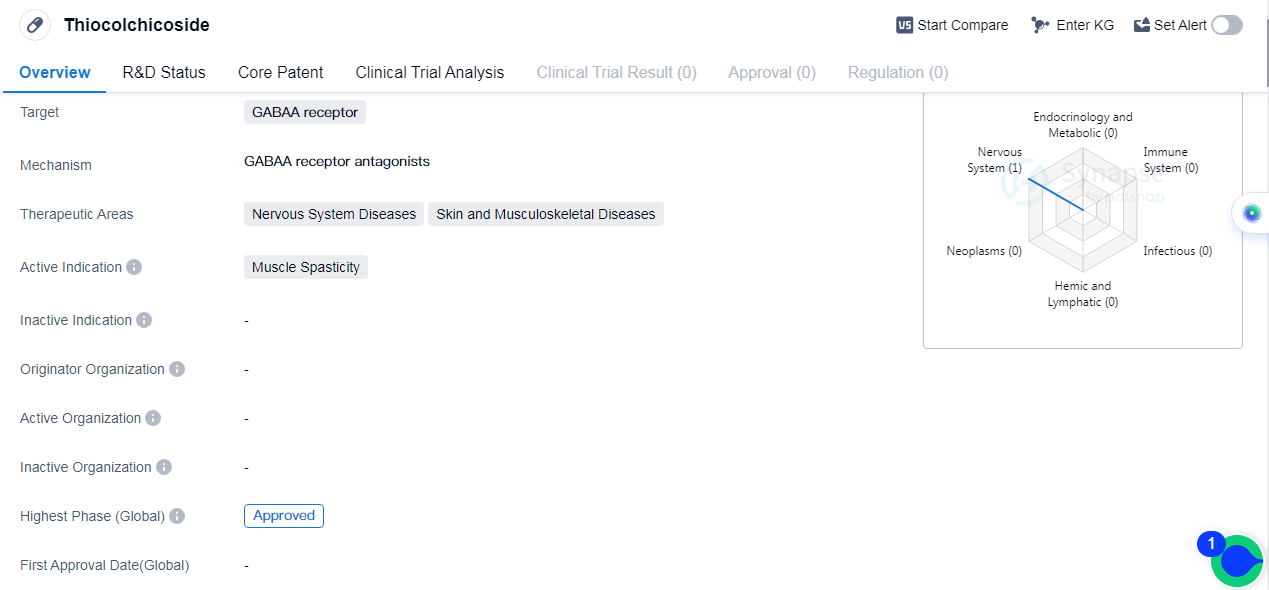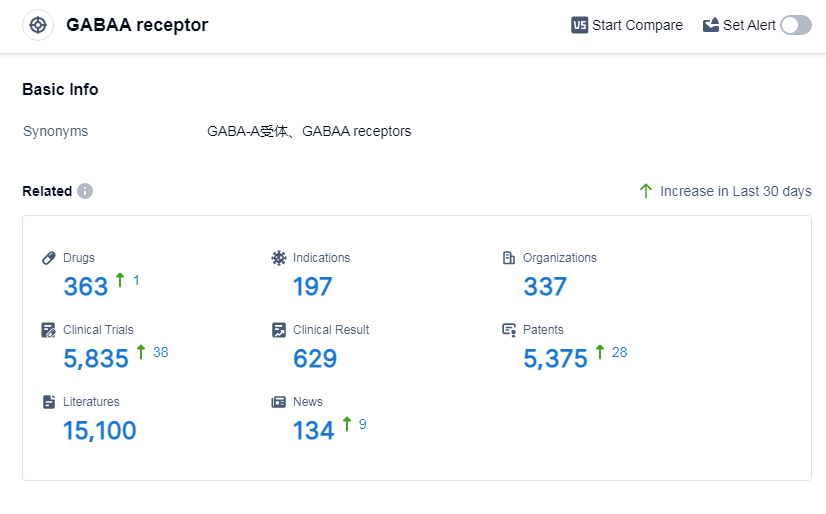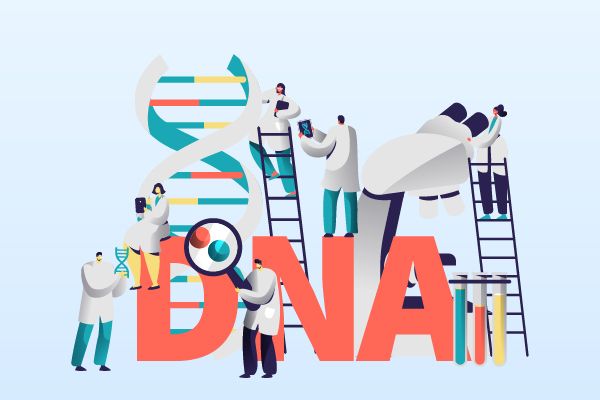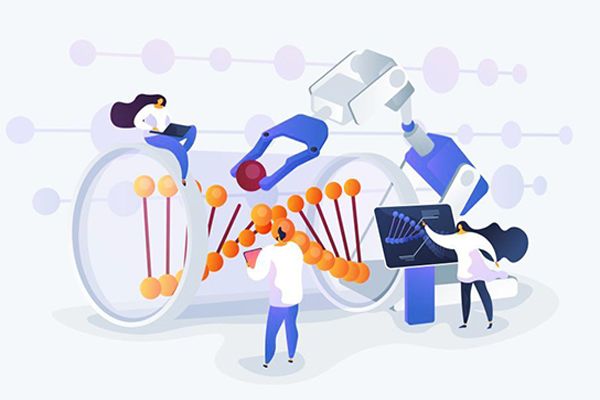Pharmaceutical Insights: Thiocolchicoside's R&D Progress and its Mechanism of Action on Drug Target
Thiocolchicoside's R&D Progress
Thiocolchicoside is a small molecule drug that targets the GABAA receptor. It is primarily used in the treatment of muscle spasticity, making it a valuable therapeutic option for patients suffering from conditions such as multiple sclerosis, cerebral palsy, and spinal cord injuries. Muscle spasticity refers to the involuntary and excessive contraction of muscles, leading to stiffness, pain, and limited mobility.
The drug has been approved for use globally, indicating that it has successfully completed all necessary clinical trials and regulatory requirements. This approval signifies that Thiocolchicoside has demonstrated its safety and efficacy in treating muscle spasticity, and it can now be prescribed by healthcare professionals.
Thiocolchicoside falls under the therapeutic areas of nervous system diseases, skin diseases, and musculoskeletal diseases.As a small molecule drug, it is likely to have a well-defined chemical structure, allowing for easier synthesis and manufacturing processes. This can contribute to its availability and affordability, making it accessible to a larger patient population.
The drug's mechanism of action involves targeting the GABAA receptor, which is a key component of the central nervous system and plays a crucial role in regulating neuronal excitability. By modulating the activity of the GABAA receptor, Thiocolchicoside can help reduce muscle spasms and promote muscle relaxation.
👇Please click on the image below to directly access the latest data (R&D Status | Core Patent | Clinical Trial | Approval status in Global countries) of this drug.
Mechanism of Action for Thiocolchicoside: GABAA receptor antagonists
From a biomedical perspective, GABAA receptor antagonists are a class of drugs that inhibit the activity of the GABAA receptors. GABAA receptors are a type of neurotransmitter receptor that respond to the neurotransmitter gamma-aminobutyric acid (GABA), which is an inhibitory neurotransmitter. By blocking or reducing the activity of these receptors, GABAA receptor antagonists can have various effects on the central nervous system.
GABAA receptor antagonists are commonly used in medicine for their sedative, anxiolytic (anti-anxiety), and anticonvulsant properties. They can be prescribed to treat conditions such as anxiety disorders, insomnia, epilepsy, and muscle spasms. These drugs work by reducing neuronal excitability and promoting relaxation.
It's important to note that GABAA receptor antagonists can have side effects, including drowsiness, dizziness, impaired coordination, and cognitive impairment. They should be used under medical supervision and according to prescribed dosages to minimize the risk of adverse effects.
Drug Target R&D Trends for Thiocolchicoside
According to Patsnap Synapse, as of 6 Sep 2023, there are a total of 363 GABAA receptor drugs worldwide, from 337 organizations, covering 197 indications, and conducting 5835 clinical trials.
The target GABAA receptor in the pharmaceutical industry shows a competitive landscape with multiple companies actively involved in research and development. Pfizer Inc. stands out with the highest number of drugs in the approved phase. Indications such as sleep initiation and maintenance disorders, anesthesia, and anxiety have the highest number of approved drugs. Small molecule drugs dominate the drug types progressing rapidly under this target. Japan, China, and the United States are the leading countries/locations in terms of drug development. The future development of the target GABAA receptor holds potential for further advancements in the treatment of various indications and the exploration of new drug types.
👇Please click on the picture link below for free registration or log in directly if you have a freemium account, you can browse the latest research progress on drugs, indications, organizations, clinical trials, clinical results, and drug patents related to this target
Conclusion
In conclusion, Thiocolchicoside is an approved small molecule drug that targets the GABAA receptor. It is primarily used for the treatment of muscle spasticity, offering relief to patients suffering from conditions that cause involuntary muscle contractions. With its approval and potential therapeutic areas, Thiocolchicoside holds promise in the field of biomedicin.






